Adding plants to your home can be a great way to make your environment both healthier and more inviting. As a pet owner, however, you need to be careful about which plants you select, as many commonly loved varieties can be toxic to your pets.
Common plants that are toxic to pets
SafeWise experts have years of firsthand experience testing the products we recommend. Learn how we test and review.
Peace lily
Although beautiful and incredibly popular for adding an air of elegance to a space, peace lilies are also toxic plants for your pet. All parts of a peace lily can cause issues for your dog, due to the calcium oxalate crystals that the plant produces.
Signs that your dog has consumed part of a peace lily can include inflammation of the mouth and throat, vomiting, and diarrhoea. These symptoms can be life-threatening and can manifest from something as simple as an airborne spore landing on your pet and then being licked off, so it is important to keep your dog away from any peace lilies you may have in your home.

Aloe vera
Considered a mildly toxic plant, aloe vera can cause vomiting, dehydration and diarrhoea. Although the sap tastes terrible - which is a good thing as it means your dog is unlikely to eat a significant amount - even small amounts of aloe vera can cause the above symptoms to manifest, so it is a good idea to keep your dog away from any you may be growing.
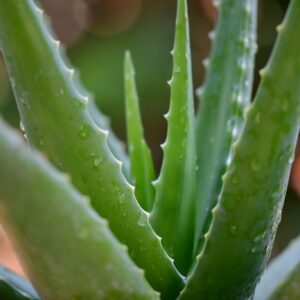
Philodendron
Philodendrons are a major concern for dog owners and should not be kept in the same house. These poisonous plants can cause serious damage to your dog's digestive and respiratory systems which can lead to death, so this one is certainly not to be taken lightly. Symptoms of philodendron consumption include a loss of appetite, excessive drooling, and pain of the mouth and/or muzzle. Your dog should immediately be taken to a vet if you suspect any variety of these toxic plants has been consumed.
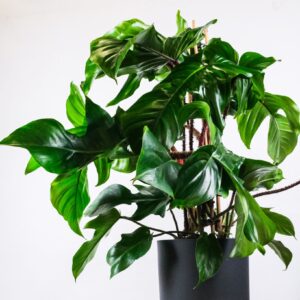
Ivy
While not all types of ivy are dangerous to your dog, it can be hard to tell safe kinds apart from their not-so-friendly counterparts, so it's worth avoiding these vines (or at least keeping them out of reach of your pooch) even if you're pretty sure they're safe. Symptoms of consumption of these poisonous plants include a rash, swelling, or breathing problems, and certain varieties can unfortunately cause paralysis or induce a coma, so it really isn't worth the risk.
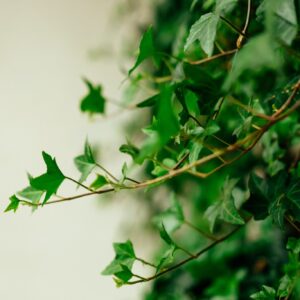
Sansevieria
When consumed, sansevieria (also referred to as Snake Plants or Mother-in-Law's Tongue) can cause tummy upsets for your pooch. Symptoms can include vomiting and excessive drooling, with some dogs also displaying lethargic or depressed behaviour.
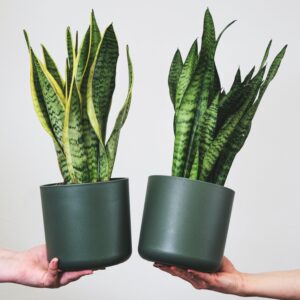
Pothos
Although it may look amazing in your home, if your cat bites your pothos, it's going to bite back. Cats that have ingested pothos leaves or stems may exhibit drooling and vomiting, and will likely experience a burning sensation in their mouth and/or throat.
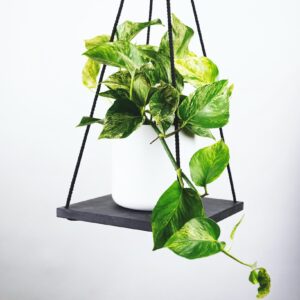
Bird of Paradise
These brightly coloured plants, beautiful though they may be, are unfortunately quite dangerous for your feline friend. If any part of a Bird of Paradise is consumed, expect an upset tummy, drowsiness, dehydration and possible disorientation.

String of Pearls
Even though they look pretty, String of Pearls plants should never be kept around cats. These poisonous plants can cause many issues, including eventual liver failure, as they inhibit cells from being able to divide, so they're not worth the risk.
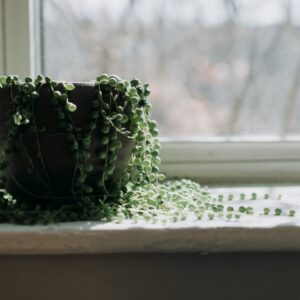
Jade plant
While it is uncertain what exactly causes Jade to be a toxic plant, your little rubber plant can cause depression, vomiting and incoordination if ingested by your kitty. For this reason, we suggest keeping them far apart or choosing a different plant.
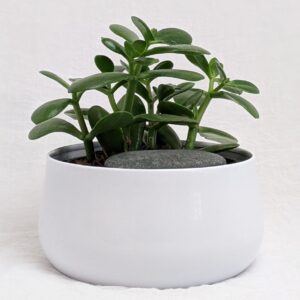
Sago palm
All parts of the sago palm are toxic to your feline friend, but it's the nuts that make these one of the most poisonous plants. Even ingesting a small amount of sago palm can have dire consequences, including liver failure and nervous system issues. Symptoms can occur in as little as fifteen minutes, and it is vital that you get your cat to a vet immediately if you believe they've eaten even a tiny amount of this plant.
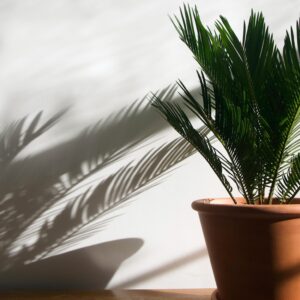
What should I do if I think my pet has eaten a dangerous plant?
If you think your pet has eaten any of the toxic plants on this list, it is vital that you contact your vet immediately. Issues that can arise from eating poisonous plants must be treated in different ways, and if you induce vomiting when you should be giving your pet lots of water (or vice versa), there's a chance you could make things worse. The best course of action in this instance is to let your vet know that you're on your way and bring your pet straight to their clinic. This trip should preferably be made with a cutting of any toxic plants that they may have consumed so that your vet knows exactly what they're dealing with.
Keeping your pet safe can sometimes require a bit more work than meets the eye. While house plants are lovely, they can be dangerous to your four-legged family members, so it's important to do your research before bringing any new plants into your home. As noted above, these lists are not exhaustive, and just because a plant appears under one section does not mean that that plant is necessarily safe for other pets. If in doubt, have a chat with your vet about toxic plants before adding greenery to your home, and if you're ever not sure about something, it's probably best to leave it at the store.
If you've got a particularly curious cat or mischievous pup, it might be worth investing in pet insurance for that extra peace of mind should they find themselves face-to-face with an irresistible (yet forbidden) plant.